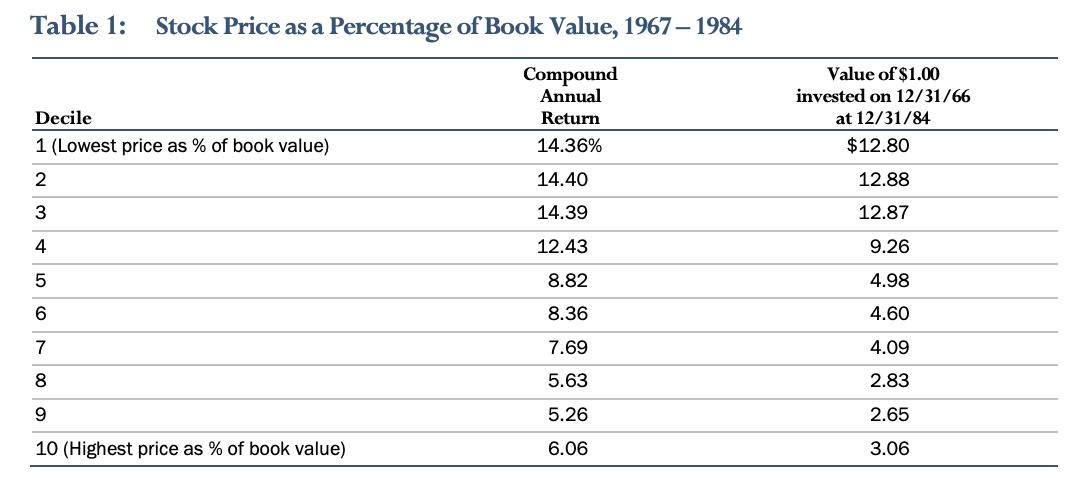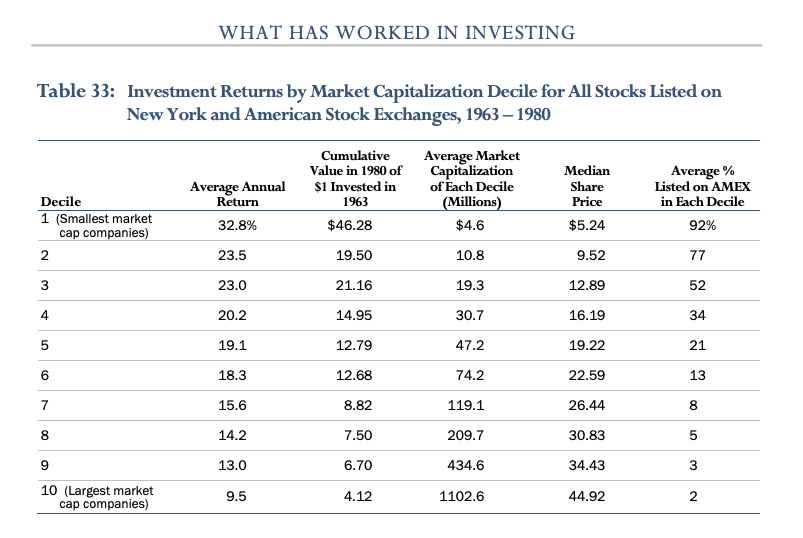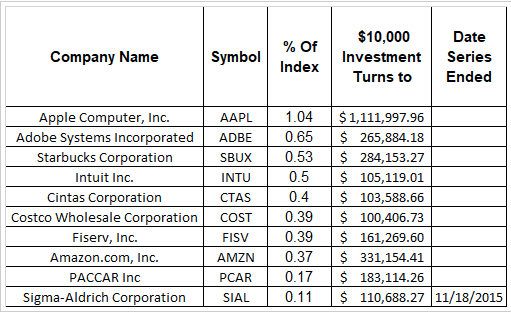- 3 Big Scoops
- Posts
- 🗞 What Has Worked in Investing?
🗞 What Has Worked in Investing?
PLUS: a Nasdaq 100 investing strategy
Bulls, Bitcoin, & Beyond

Market Moves Yesterday
S&P 500 @ 6,050.61 ( ⬇️ 0.39%)
Nasdaq Composite @ 20,109.06 ( ⬇️ 0.32%)
Bitcoin @ 103,780 ( ⬇️ 3.06%)
Hey Scoopers,
Happy Wednesday!!
While everyone chases the next hot stock tip or tries to time the market, decades of research point to a simpler, more reliable approach to building wealth.
Today, I'm breaking down the key findings from one of the most comprehensive studies on investment returns, which spans more than 50 years and covers global markets.
Additionally, I have provided key insights regarding a 20-year investment strategy for the tech-heavy Nasdaq index.
So, let’s go 🚀.
Add a piece of the energy sector to your portfolio.
Access to 300 million barrels of recoverable oil reserves
Royalty-based investment model reducing operational risks
Projected 25+ years of potential royalty income
The Power of Buying Cheap Assets 💰
The data is crystal clear: buying stocks at a discount to their book value has consistently outperformed the market. How much?

A study from 1966-1984 showed that $1 million invested in the lowest price-to-book stocks grew to $12.8 million, while the same amount in more expensive stocks only reached $3.1 million.
But here's the interesting part: this wasn't just a U.S. phenomenon. The same pattern held true in:

United Kingdom: 32.7% annual returns
France: 28.2% annual returns
Japan: 30.9% annual returns
Germany: 22.5% annual returns

One of the most striking findings was the persistent outperformance of smaller companies, especially when combined with value characteristics. From 1963-1980:
Smallest market cap companies: 32.8% average annual return
Largest market cap companies: 9.5% average annual return
$1 million invested in small caps → $46.28 million
The same amount in large caps → $4.12 million
Following the Smart Money 👥
Want to know who consistently predicts market movements?
Company insiders. When multiple officers or directors bought their own company's stock:
Returns averaged 19-45% annually
The success rate was consistent across different decades
The pattern worked in every major market studied
The Contrarian's Edge 🔄

Here's something counterintuitive:
The worst-performing stocks over a 5-year period outperformed the market by 12.2% annually in subsequent years. Meanwhile, the previous winners underperformed by 4.3%.
Practical Application for Your Portfolio:
Based on this research, here's a simple framework for identifying potential investments:
✓ Look for companies trading below book value
✓ Focus on smaller companies with strong fundamentals
✓ Pay attention to insider buying patterns
✓ Consider beaten-down stocks in solid industries
✓ Prioritize companies with sustainable dividends
Key Takeaway: The market regularly misprices assets, creating opportunities for patient investors. The key is having the discipline to buy when others are fearful and hold on for the long term.
Remember: While past performance doesn't guarantee future results, these patterns have persisted across different markets, decades, and economic conditions. That suggests they're rooted in fundamental market behavior rather than statistical flukes.
When we talk about stock market returns, we often focus on averages.
"The market returns 10% annually," they say. However, averages can be deeply misleading, and today's analysis of NASDAQ data from 2000-2020 reveals why.
The Experiment
Let's start with a simple thought experiment: What if you had invested $1 million across the NASDAQ 100 in 2000, allocating $10,000 to each company? At first glance, the results look solid:
Total Return: $4.09 million (a 4x return)
Annual Return: approximately 7.2%
Period: 20 years

But these numbers hide an extraordinary story.
The Shocking Reality
Here's what really happened:
50 companies lost money
50 companies made money
Yet investors still quadrupled their investment

How is this possible? The answer lies in what statisticians call the Power Law, but what I call "The 90/10 Rule of Market Returns."
Just ten companies generated 90% of all gains. The other 90 companies? They contributed only 10% of returns.
This concentration of returns becomes even more striking when we look at the top performers:
The Giants That Were Once Small
Apple: Turned $10,000 into $1,000,000 (100x return)
Amazon: Turned $10,000 into $330,000 (33x return)

The most fascinating part? These two companies combined represented just 1.5% of the index in 2000. In fact, all ten companies that generated 90% of the wealth were relatively tiny:
Their total index weight was less than 5%
Each averaged less than 0.5% of the index
Investment Lessons for the Next 20 Years
This analysis reveals several crucial insights for investors:
Diversification is Non-Negotiable
You can't predict which 10% of companies will generate 90% of returns
Broad diversification ensures you own the future winners
Never Sell Your Winners
The biggest mistake investors made wasn't buying the wrong stocks
It was selling the right ones too early
Size Doesn't Predict Returns
Today's small companies could be tomorrow's giants
Market cap is a reflection of past success, not future potential
Equal-Weight vs. Cap-Weight
Equal-weighted portfolios can outperform
They provide greater exposure to smaller companies with growth potential
Patience is Everything
The most significant gains came from holding positions for decades
Short-term trading would have missed most of the returns
The $1 Million Question
Should you concentrate your portfolio on your best ideas? The data suggests otherwise. Since it's impossible to predict which companies will deliver extraordinary returns, diversification remains your best strategy.

Consider this: If you had sold Apple or Amazon during the dot-com crash of 2001-2002, you would have missed approximately 90% of their total gains. Sometimes, the hardest (and best) investment strategy is simply doing nothing.
Key Takeaways for Investors
Success in investing isn't about picking only winners. It's about:
Maintaining broad diversification
Holding onto your winners
Exercising patience
Letting the math work its magic
Remember: The market doesn't reward prediction. It rewards patience.
Looking Forward
These lessons become even more crucial as we look forward to the next 20 years. Technology continues to transform industries at an accelerating pace. Today's small companies could be tomorrow's Apple or Amazon.
The question isn't whether similar opportunities exist today—they do. The question is whether we have the patience and discipline to capture them.
What investment have you held the longest, and what made you maintain your conviction through the ups and downs? Share your experiences by replying to the email, and I will include the most interesting ones in a newsletter later this week.
DISCLAIMER: None of this is financial advice. This newsletter is strictly educational and is not investment advice or a solicitation to buy or sell assets or make financial decisions. Please be careful and do your own research.

